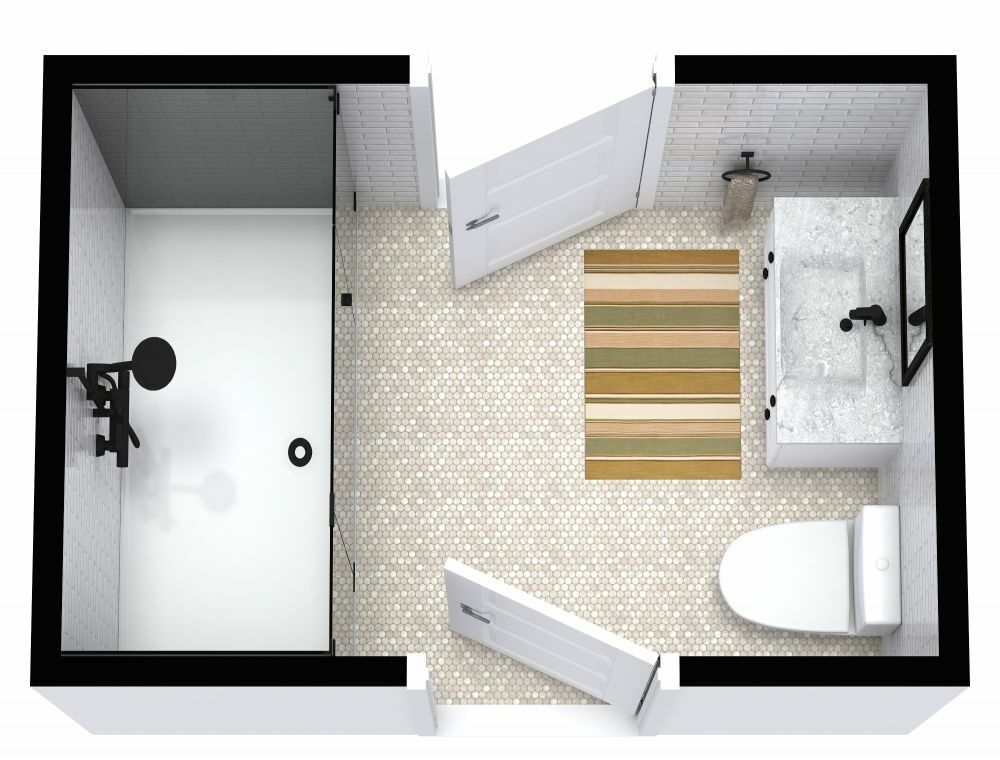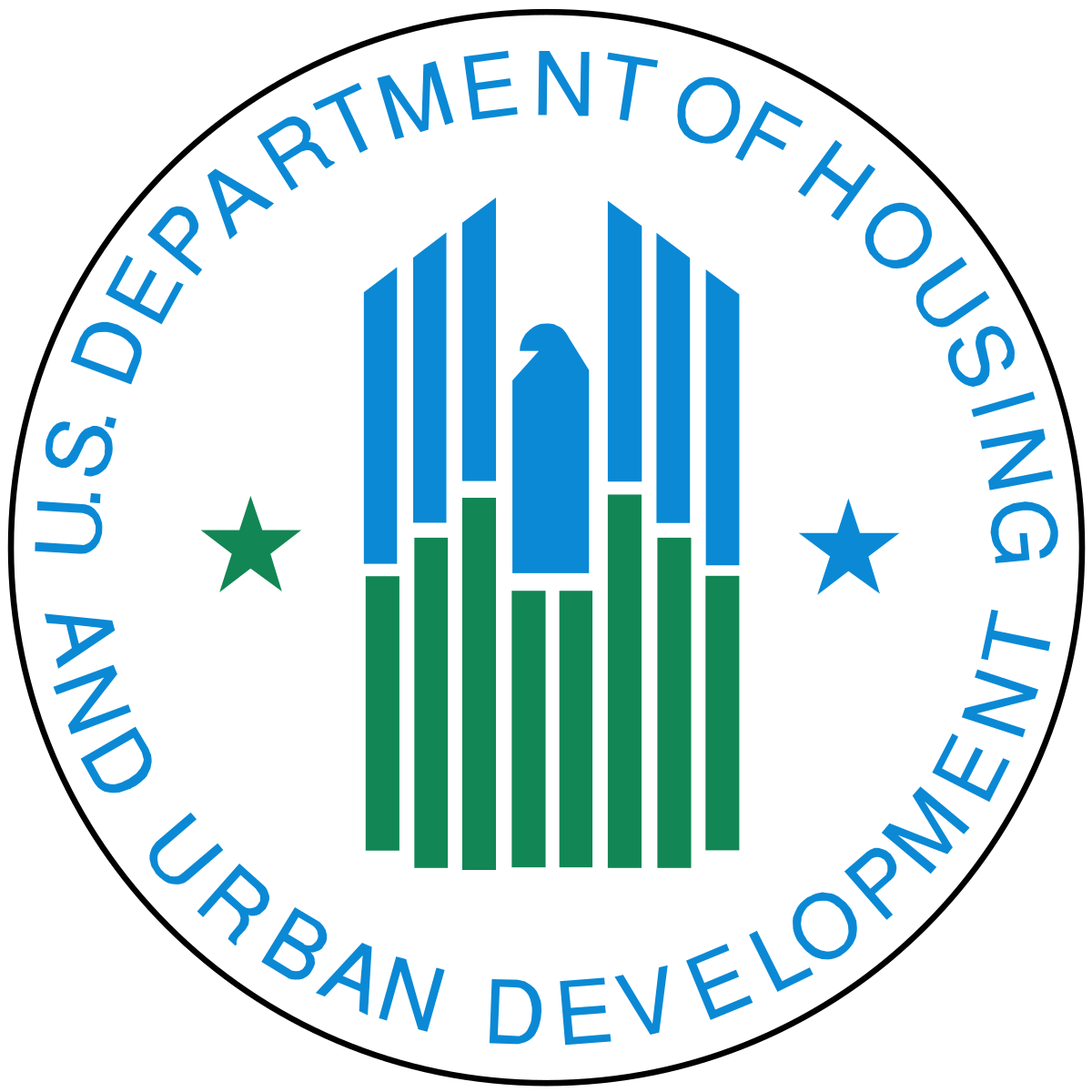In a recent policy brief, we proposed streamlining regulatory processes for high-performing skilled nursing facilities (SNFs) by reducing survey oversight for providers that consistently demonstrate excellence. (See Streamlining Regulatory Processes for High-Performing Providers with AI Support). This reform assumed that CMS would continue direct oversight of SNFs while creating exemptions for facilities with strong performance records.
However, a broader reform would be to fully integrate SNFs into CMS’s accreditation model, aligning their oversight with hospitals, home health agencies, and hospices. This shift would modernize the system, improve efficiency, and—critically—generate significant cost savings by reducing the need for CMS’s sprawling network of regional offices.
The Accreditation Model: A Tested & Proven Approach
CMS already relies on accreditation agencies to certify hospitals, psychiatric hospitals, home health agencies, hospices, and other provider types. In these cases, CMS approves private accrediting bodies, which conduct facility inspections and ensure compliance with federal regulations. SNFs, however, remain under a government-driven survey process, where CMS and state agencies perform direct oversight.
Expanding accreditation to SNFs would:
✅ Shift compliance oversight from government surveyors to accredited organizations, reducing CMS’s operational burden.
✅ Maintain strong quality standards by requiring accreditation agencies to meet CMS-defined benchmarks.
✅ Reduce taxpayer costs by allowing CMS to close or consolidate underutilized regional offices.
✅ Encourage a culture of continuous improvement, as accreditation standards often exceed traditional survey requirements.
✅ Free CMS resources to focus on underperforming facilities that truly need intervention.
A Financially Responsible Reform
Unlike the current system—where CMS directly funds SNF oversight—accreditation shifts the cost to providers themselves. This model, already used in hospitals and other sectors, is a sustainable approach that eliminates the need for government-funded survey teams in facilities that demonstrate compliance through accreditation.
Accredited providers invest in their own oversight, ensuring consistent compliance while reducing taxpayer burden. CMS could then reallocate resources toward high-risk providers, AI-driven monitoring, and enforcement in facilities that actually need intervention.
A Dual-Pronged Approach: Accreditation & CMS Office Consolidation
Expanding SNF accreditation and consolidating CMS regional offices (See Relocating CMS Offices: A Strategic Proposal for Cost Reduction and Regional Growth) are complementary reforms that reinforce each other:
🔹 Accreditation reduces CMS’s direct oversight burden, eliminating the need for some regional survey offices.
🔹 Office consolidation lowers costs further, as CMS would require fewer personnel to manage a streamlined system.
🔹 SNFs benefit from a more stable, predictable regulatory framework, improving care quality without excessive bureaucratic hurdles.
While each reform independently saves money, together they drive even greater efficiencies, modernizing oversight while significantly reducing administrative costs.
A Smarter Path Forward for SNF Oversight
The SNF survey model is outdated, costly, and inconsistent with CMS’s approach to other healthcare providers. Expanding accreditation is a proven, practical alternative that aligns with existing CMS frameworks while reducing regulatory inefficiencies. Coupled with strategic office relocations and AI-driven compliance tracking, this approach represents a modern, financially responsible regulatory model that benefits taxpayers, providers, and residents alike.




